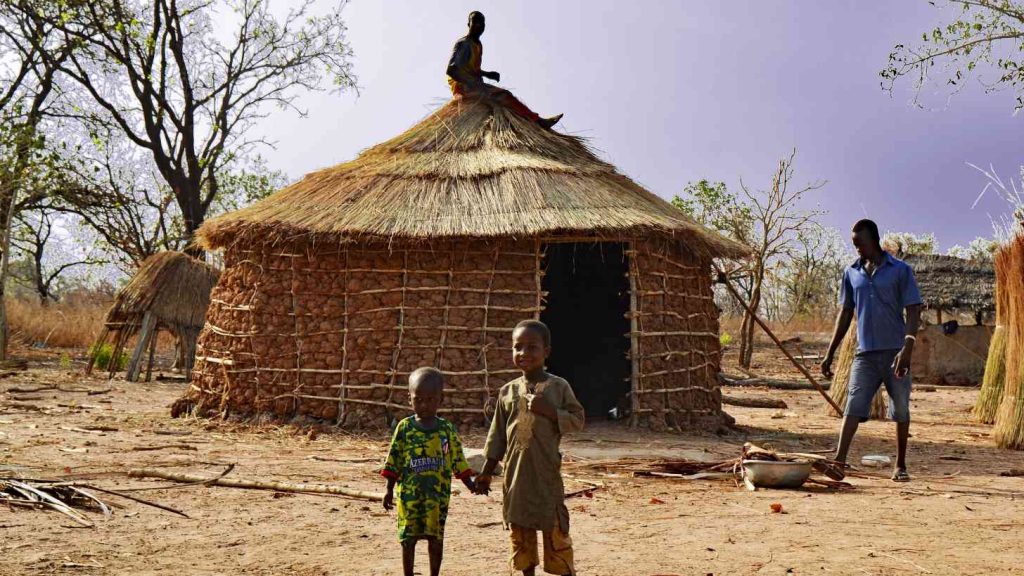Lassa Fever Causing More Harm In Africa

Brief History/Background
Lassa fever was first described in the 1950s and the viral particles were first identified in January 1969, two missionary nurses died in “Lassa” village in Borno state after caring for an infected obstetrician patient. The virus is a single standard RNA virus belonging to the virus family “Arenavividae” there are about 100, 000 to 300,000 infections of Lassa fever occurrence annually, with approximately 5,000 deaths (in Sierra Leone and Liberian in particular) an unusually intense outbreak developed in early 2018 in Nigeria with over 300 confirmed positive cases reported in Bauchi, Plateau, Edo, Kogi, Ondo and Ebonyi state. Sixteen health workers at least four of them who died were diagnoses as of March 4th, 2018. Along with high number rates for this outbreak exceeded 20%.
Recently the causes of Lassa fever also were reported across Nigeria in 2019, with a decline since week 10. During week 15 (week ending on 14 April 2019) three new confirmed cases with zero deaths were reported from two states Edo and Plateau
Lassa fever is a viral and zoonotic disease (meaning humans become infected through contact with infected animals) it is a viral infection carried by the “multimammate rat” it is one of the most common rodents in equatorial Africa, found across much of sussahovan Africa. The story rats infected with the Lassa virus do not become ill but they can shed in their urine, feces, and saliva. Due to the clinical course of the disease i) so variable, the detection of disease in affected patients has been difficult when the presence of the disease is confirmed in the community. However solution of affected patients, good infection prevention and control practices and rigorous contact tracing can stop outbreaks.
Symptoms Of Lassa Fever
The incubation period of Lassa fever ranges from 6_21 days. It is usually gradual at the onset when it is symptomatic starting with at the first stage of general weakness and malaria. High fever of 39c, constant with peaks of 40 _41c, 2nd stage headache, chest pain, nausea, vomiting and diarrhea, productive cough, proteinuria, low blood pressure, (systolic 100mmhg) anemia, conjunctivitis. At the third stage facial swelling occurs, convulsions, mucosal internal bleeding, coma, seizes tremor may be seen in the late stage. The most common complication is a deafness in 25% of cases. In half learning returns partially after 1 3 months.
Transient hair loss and gait disturbance may occur following recovery. Death usually occurs within 14 days of fatal cases.
Mode Of Transmission
Humans usually become infected with Lassa virus from exposure to urine, feces of infected Pastorius rats. It may also spread between humans through direct contact with blood, urine in feces or other body secretions of a person infected with Lassa fever. Person to person transmission occurs in both community and health care settings where they may be spread by contaminated medical equipment. Sexual transmission has also been reported. Lassa fever occurs in all age groups and sexes. Person to person at greater risk are those living in rural areas where Mastomys rats are usually found especially in communities with poor sanitation or crowded living condition. Health workers are at risk if caring for Lassa fever patients in the absence of proper infection control practices.
A Threat To The Health Sector And Our Society
Lassa fever is an acute viral hemorrhagic illness of 2_21 days that occurs in west Africa. The Lassa virus is transmitted to humans through contact with foods or household items contaminated with rodents, urine or feces, person to person. Infection and laboratory transmission canal occur particularly in hospitals, lacking adequate infection prevention and control measures (so it can be deduced to be a communicable disease) they may also be spread through airborne transmission. Infected rodents are sometimes consumed as food when they are caught and prepared as food, direct infection may occur. Lassa fever is known to be endemic in Benin, Ghana, Guinea, Liberia, Mali, Seira Leone, and Nigeria but probably exists in other West African countries.
Treatment
The antiviral ribavirin seems to be an effective treatment for Lassa fever if given early in the course of clinical illness. Although the exact mechanism of action is unknown it is thought to interface with the production and reaction of DNA and RNA which are critical to survival and multiplication of the virus. There is currently no vaccine that protects against Lassa fever.
The Prevention And Control
- there should be community hygiene to discourage rodents from entering houses.
- Effective measures including storing grains and other foodstuffs in rodent-proof containers.
- disposal of waste far from home.
- maintaining clean households.
- family members should always be careful to avoid contact with blood and body fluids while caring for sick persons.
health care workers caring for patients with suspected or confirmed Lassa fever should apply extra infected control measures to prevent contact with the patient blood and body fluids and contaminated surface. A material such as clothing and bedding.







